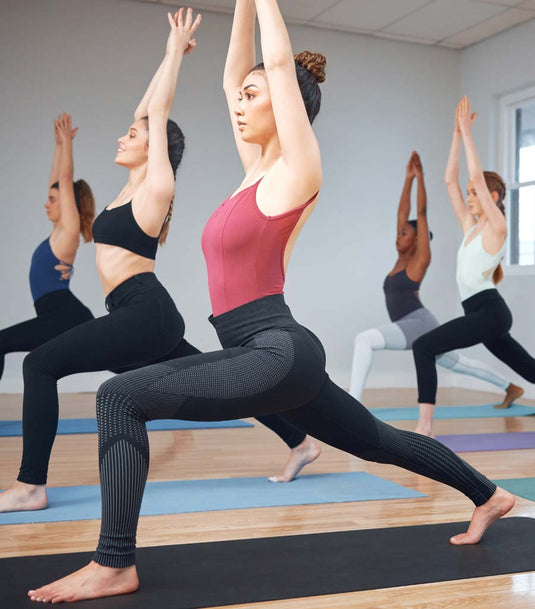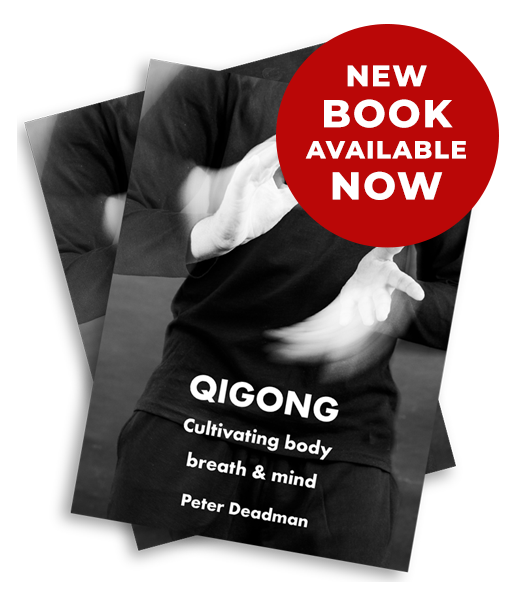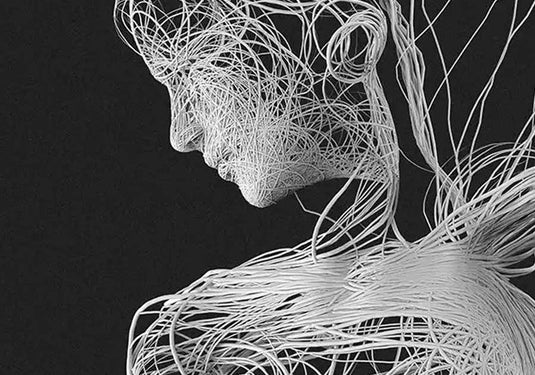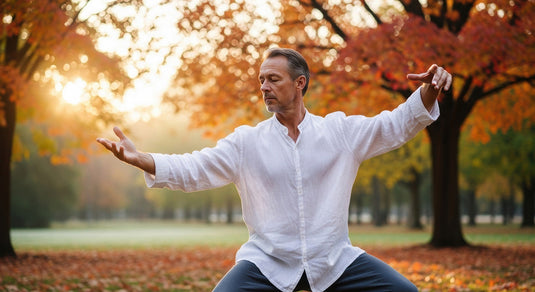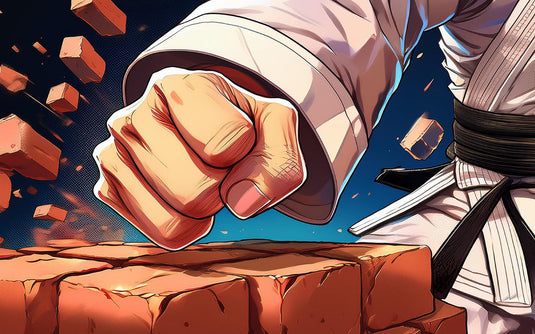I teach qigong and have done for a few years now. I usually get around ten students for a course or a drop-in, but often it’s fewer than that – just five or six sometimes. And I am the only teacher at the Brighton Natural Health Centre offering qigong.
Meanwhile, in the larger next door studio, yoga classes run right throughout the evening and weekend, 25 students at a time. It may sound arrogant but I know that this disparity is not because I’m a poor teacher … it’s something to do with the profile of qigong versus yoga.
Yoga, of course, benefits from constant exposure in the media. You can barely open a lifestyle magazine without seeing a lithe young woman in slinky clothing doing a yoga pose. And everyone ‘gets’ yoga. The movements and stretching experienced in one’s first yoga class deliver a powerful and satisfying experience. Yoga bodywork fits what we expect bodywork to be like [perhaps because the evidence is increasingly strong that many yoga asanas are modern inventions inspired by a mix of late 19th and early 20th century Scandinavian gymnastics, British army training and stage contortionism – see this for example].
By contrast, qigong has a low profile … even it’s name is a challenge since it’s unpronounceable by anyone who doesn’t already know how to say it. And compared to yoga, the practice is slow to reveal its riches. Rather than powerful stretches, qigong works with coiling and uncoiling, lengthening and releasing – often to only 70/80 percent of capacity. In traditional terms, this is movement that opens the channels/meridians, while in modern anatomical terms it works mostly on the fascia. And while restoring youthful flexibility to the fascia is profoundly rewarding, it is generally accepted that it can take months to start to reap these rewards.
Qigong is slow too, and it can be hard to learn the long deep breathing that harmonises with the movements. This integration of body, breath and mind (stillness, absorption) is what produces the ‘qigong state’ and once again it takes dedicated practice before it starts to reveal its secrets.
Maybe it is no mystery then that qigong is the poor cousin to yoga. What is mysterious to me, however, is how few acupuncturists practise qigong seriously. The two seem to me to be integral to each other. Qigong makes real the ‘energy body’ that otherwise tends to be mainly conceptual. It also cultivates the qi vigour traditional associated with a good acupuncture practitioner.
It was Julian Scott who once pointed out to me that Western medicine recognises how different ‘types’ go into different branches of medicine. For example the thinkers gravitate towards general practice while the hands-on types go for surgery. We can see something similar in Chinese medicine. The herbalists are the intellectuals, with treatment traditionally prioritising talking over palpation, and deep and clever thought resulting in an elegantly written prescription.
At the other end of the spectrum, tuina and orthopaedic work requires physical power, strong hands and direct physical contact with patients. When I was in China in the 1980s, I would say that the acupuncturists I studied with allied themselves more to this end of the spectrum – they were proud to demonstrate a similar kind of vigour and directness in their needling and their handling of patients.
Working with the body is a vital part of maintaining health, and since the role of a Chinese medicine practitioner includes teaching and modelling positive lifestyles, it seems fair to say that all practitioners should be cultivating their bodies in some way. There is a wide variety of practices to choose from and we need a range of activities to maximise wellbeing – ones that build a moderate degree of aerobic fitness, for example. But it’s hard to argue that the millennia-old wisdom that informs good qigong shouldn’t form the foundation of a practitioner’s practice. And if practitioners awaken to the transformational power of qigong, they can become advocates who help raise the profile of qigong to a level we now associate only with yoga.
